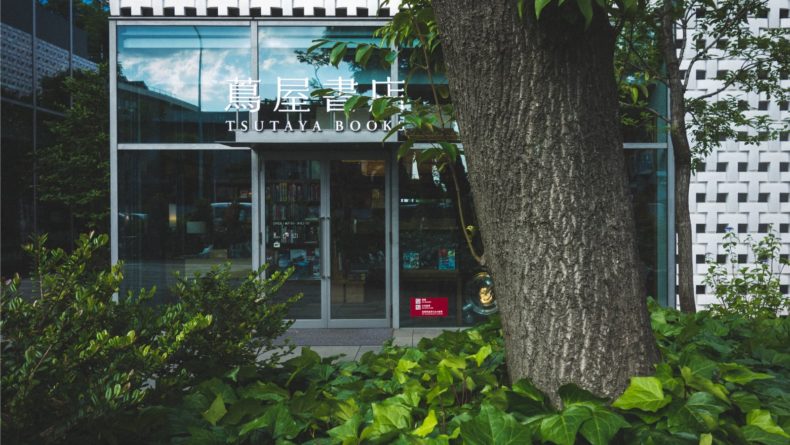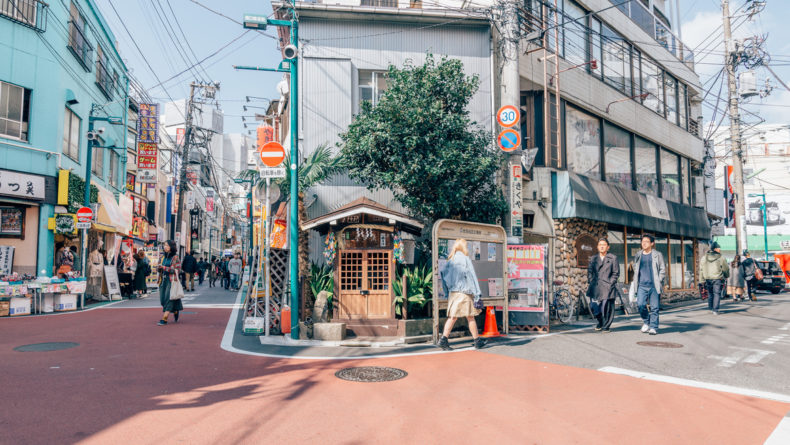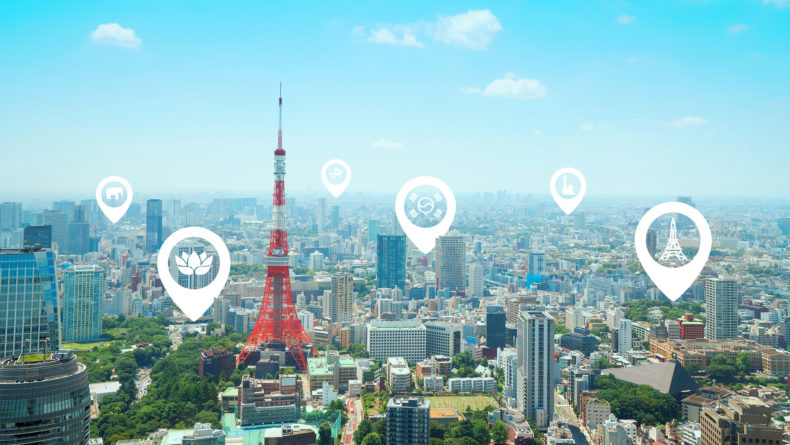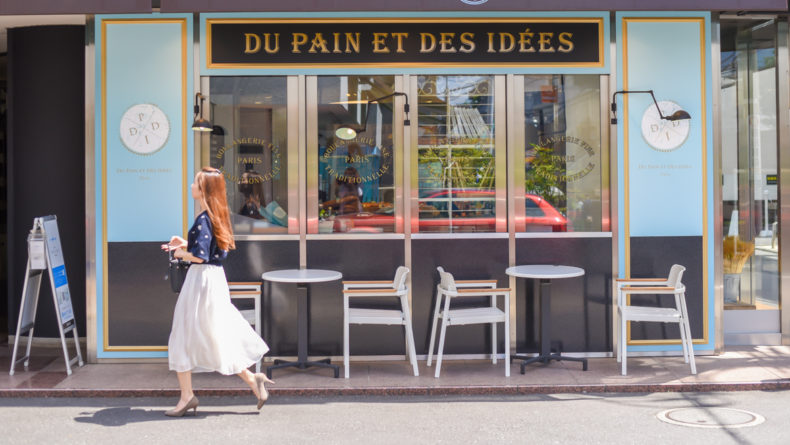Kagurazaka: Tokyo’s Finest Blend Of Tradition And Modernity
Tokyo Neighborhood Strolls
Time passes by slowly in this neighborhood, where foreign meets traditional in a perfect harmony.
In a city as diverse as Tokyo, you are never short of escaping the metropolis without physically leaving its boundaries. If you’ve been yearning to get a little taste of France, then Kagurazaka is the perfect place for you. With winding cobblestone streets, charming atmosphere and abundance of fine French food – all topped off with French accordion melodies playing along the main street all day – a visit to this atmospheric corner of the town will make you feel like you are transported to the back alleys of Montmartre.
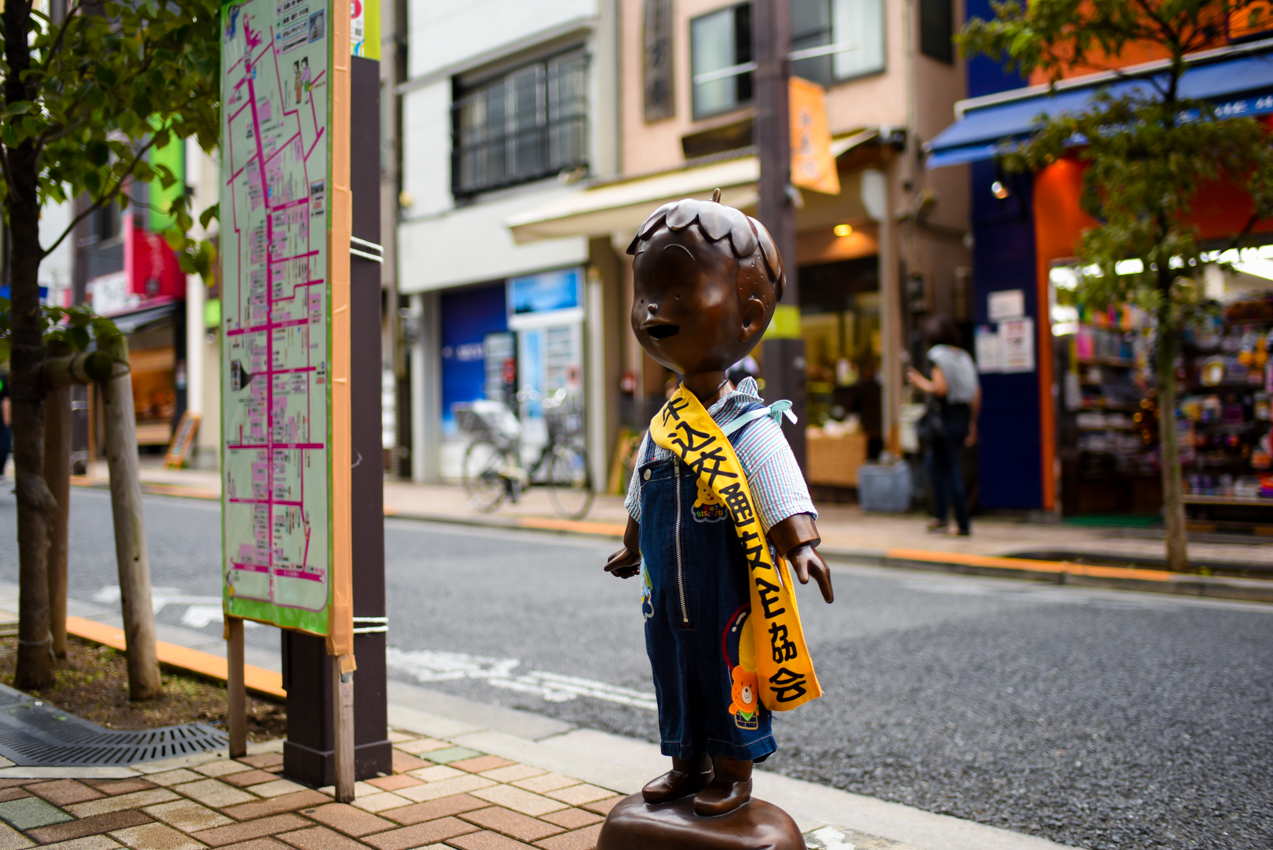
Background and History
Located in Shinjuku ward, with Iidabashi and Kagurazaka stations at its opposing ends, Kagurazaka is a neighborhood with a distinct, yet eclectic character which can be attributed to its rich history. The story of this district goes all the way back to the Edo period when it became a prominent hanamachi (geisha district) with numerous restaurants and geisha houses, some of which have survived to the present day. Its prime location just outside the moat of Edo Castle allowed it to serve as an entertainment hub during Meiji Period as well when the night markets and street performances held at the local shrine attracted rich city-dwellers.
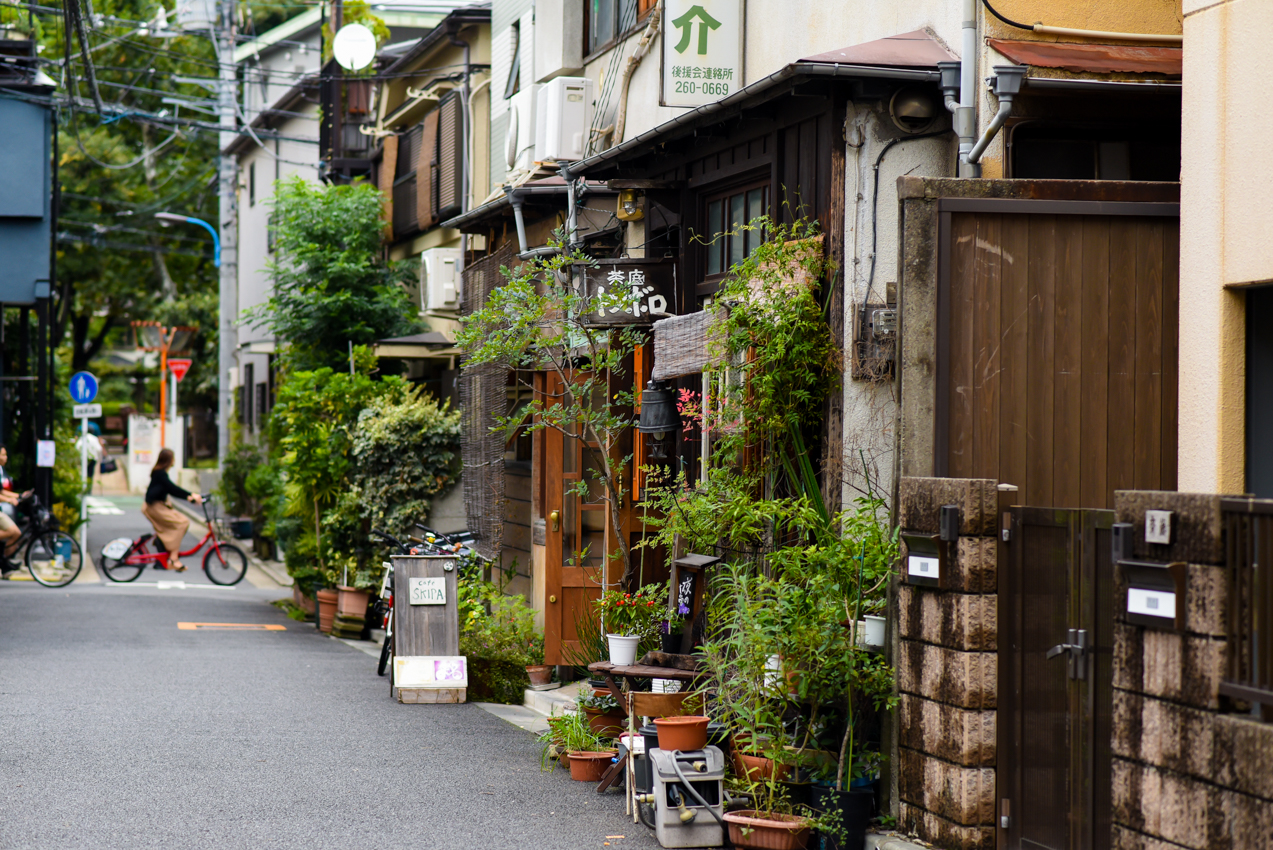
Kagurazaka remained to be one of the prime destinations for fine dining after it escaped the Great Kanto Earthquake of 1923, as around 150 ryotei (traditional fine dining) restaurants opened its doors. The fact that the area was not drastically affected by the construction boom of the post-war decades allowed it to maintain its vibe of yesteryear.
Today, the atmosphere of traditional Japan is complimented with a welcoming low-key feel of a Parisian neighborhood that is attributed to the presence of two nearby French schools. This alluring je ne sais quoi that lingers in the air makes Kagurazaka the place to get lost in its sloping streets and quaint back-alleys and observe how locals embrace the art of slow living.
Things To Do
Before you are lured by numerous shops or restaurants that line up the streets of Kagurazaka, pay a visit to two of local shrines and temples both of which have an interesting story to tell. The vermillion Bishamonten Zenkokuji, the Buddhist Temple first founded in 1595 by shogun Tokugawa Ieyasu, has been a symbol of Kagurazaka since it was moved here in the 18th century. Bishamonten, an important figure in Japanese Buddhism, has the role of protecting places where Buddha taught, as well as being one of the Seven Japanese gods of fortune.
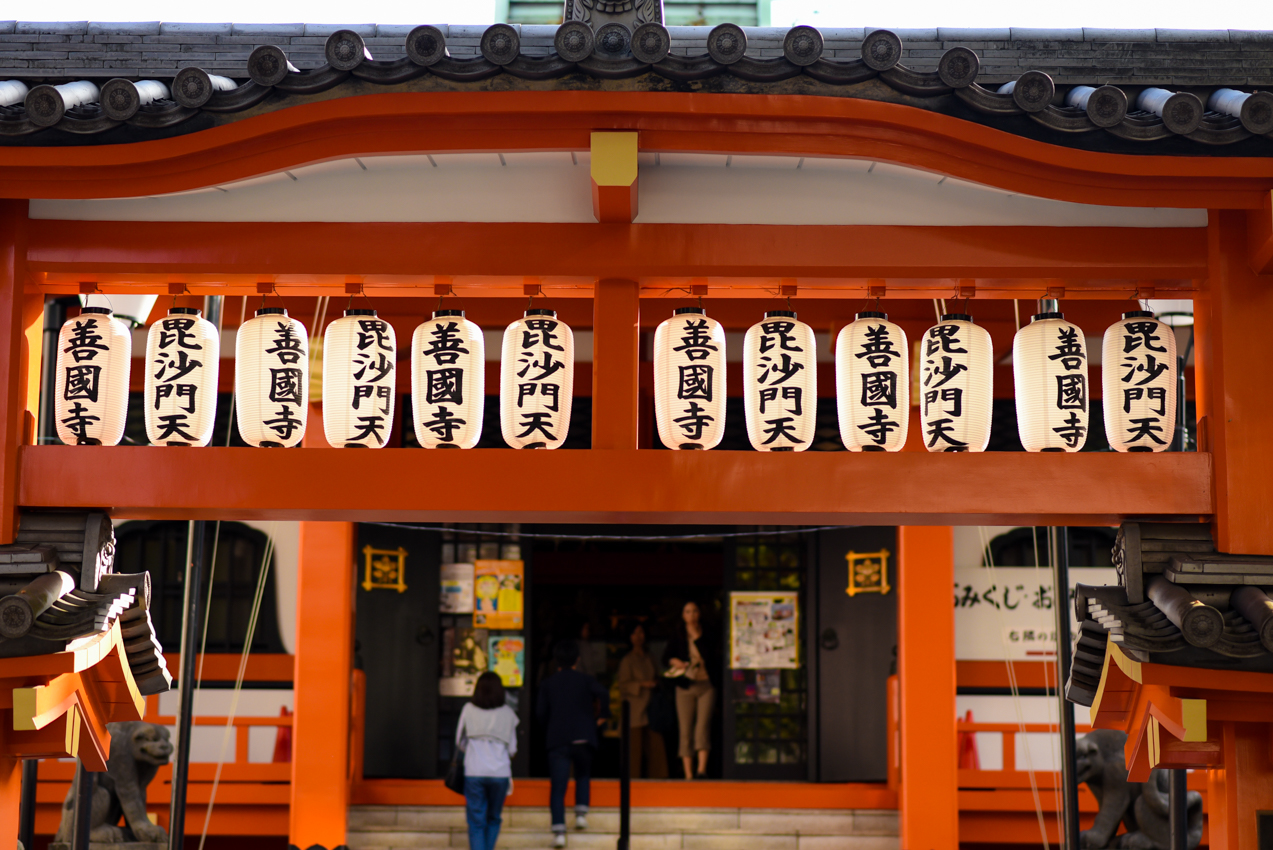
Zenkokuji, a Buddhist Temple founded in 1595 by shogun Tokugawa Ieyasu.
Further up the street, the Akagi Shrine will impress you with its modern architecture. Designed by the famous Japanese architect Kuma Kengo, it features glass façade and blonde wood interior – not something you’d see at other shrines. Akagi Jinja is a branch of the shrine at Mount Akagi in Gunma Prefecture and was built during the Edo Period by a wealthy immigrant from Gunma.
Where To Shop
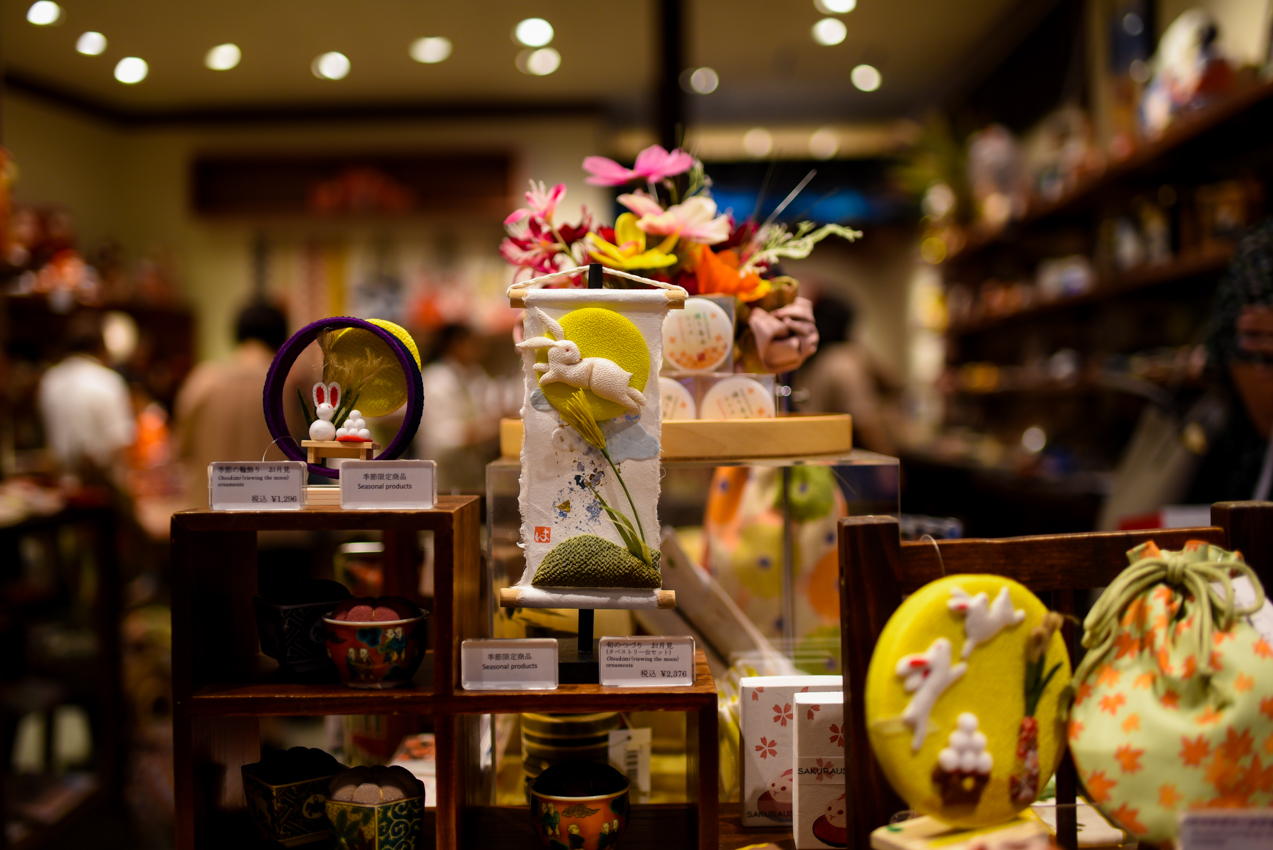
Noren Kagurazaka: A souvenir store that has it all
Kagurazaka has the best concentration of quality souvenir shops I have seen in Tokyo. Whether you are looking for a beautiful piece of art or omiyage (edible treats), you’ll find it all here. Among numerous little stores that line up the main Waseda Dori, Noren Kagurazaka is my favorite. Located on the left side of the B3 exit of Iidabashi Station, you’ll find a variety of tea and sake sets, regional specialties, patterned bags, stationery and other cute knickknacks that you don’t need, but will still be tempted to buy. Isuzu and Baikatei are small family-run shops selling artisanal wagashi, seasonal house-made traditional confectionery. And if you happen to be in the market for green tea, Rakuzan has an ample choice of the finest Japanese teas from all over Japan, including ceremonial grade matcha from Kyoto and highest grade genmaicha from Shizuoka.
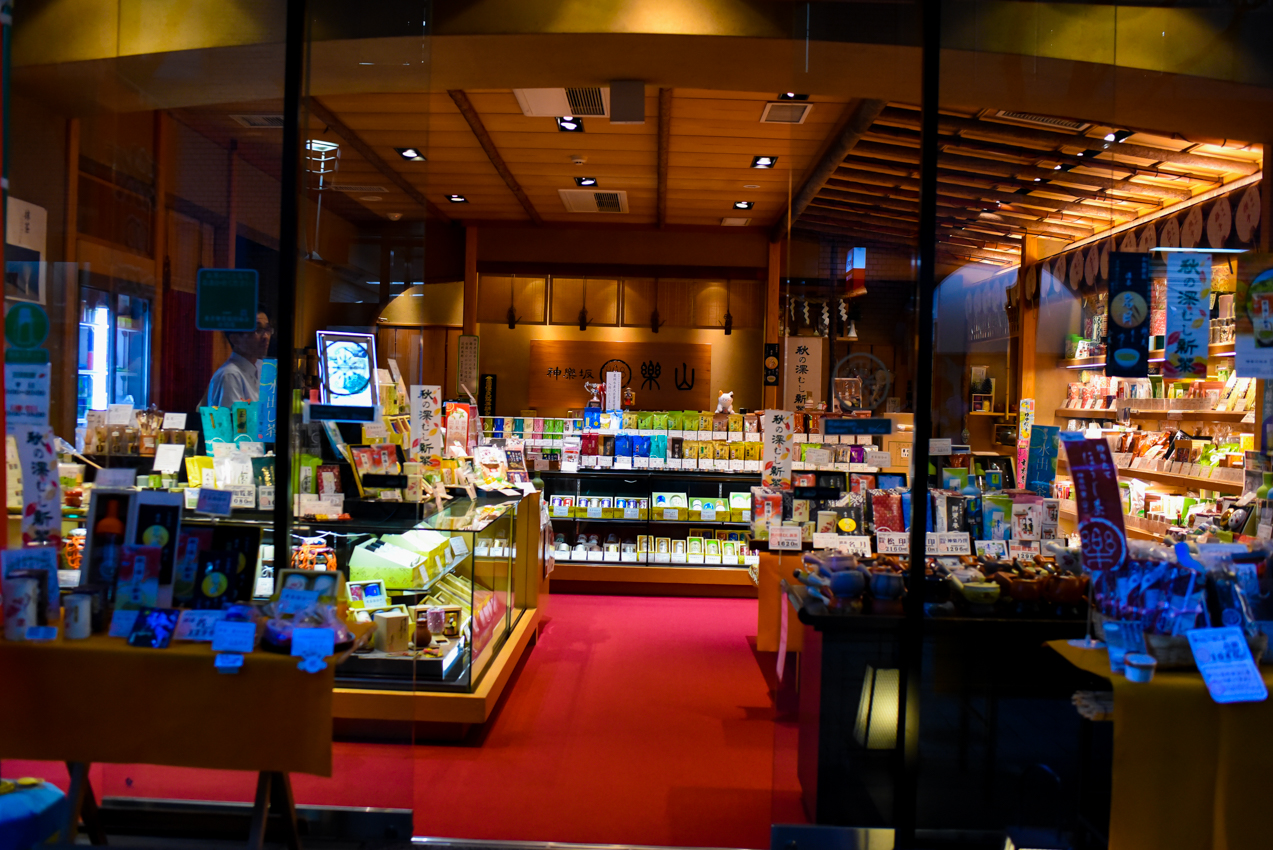
Rakuzan: Kagurazaka’s famous all-you-need tea store.
For fine clothes, head to La Kagu. It’s a street fashion heaven, bookstore, and café all in one. The La Kagu building, designed by Kengo Kuma and Associates, is built around a 1965 storage facility that’s been carefully revamped while maintaining its Showa-era charm. Featured brands include Acne, Maison Martin Margiela and Marni. The second-floor space also hosts regular events like exhibitions, lectures, and other events.
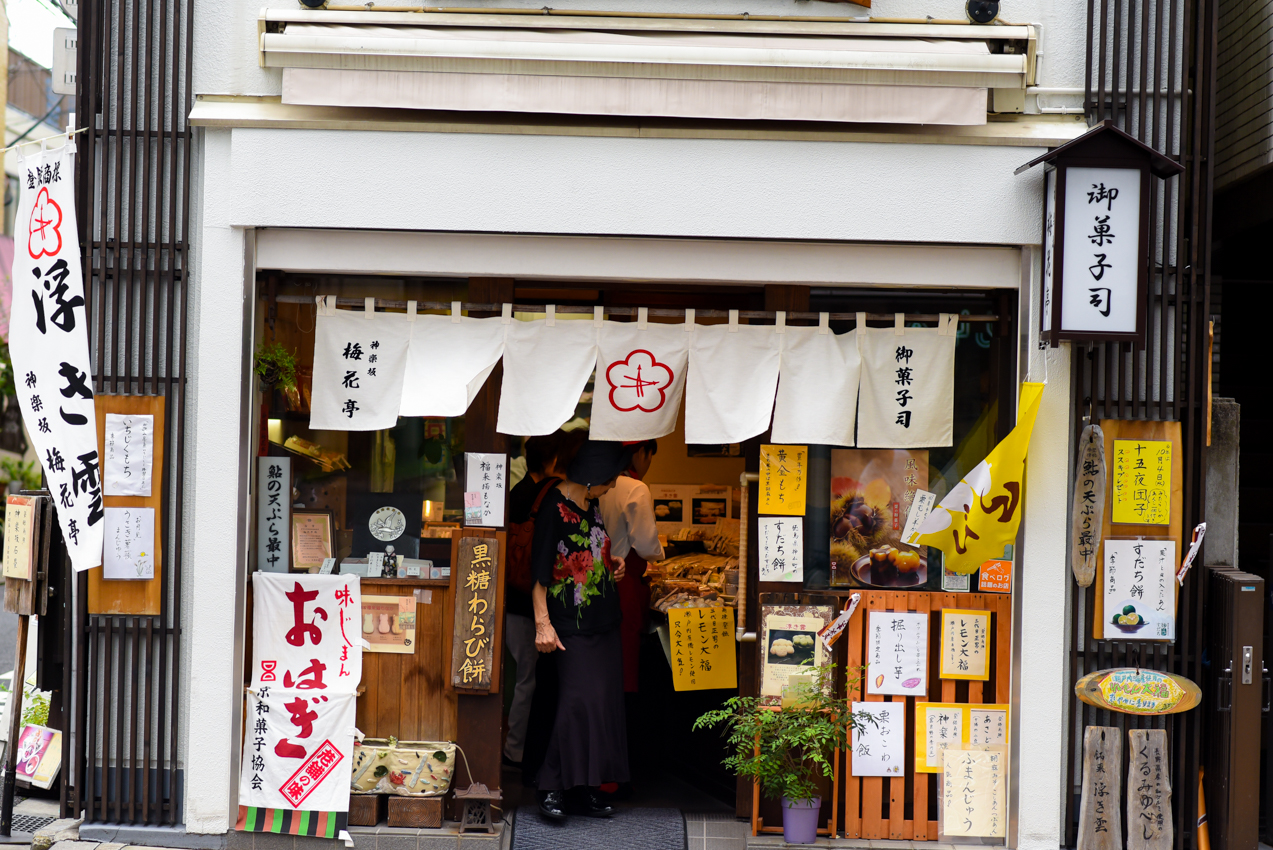
Baikaitei: a traditional confectionery store
Where To Eat
With an abundance of hideaway cafés, old-school eateries, high-end ryotei and fine French and Italian restaurants, making the choice of where to eat in this neighborhood is not easy. Here are my top recommendations.
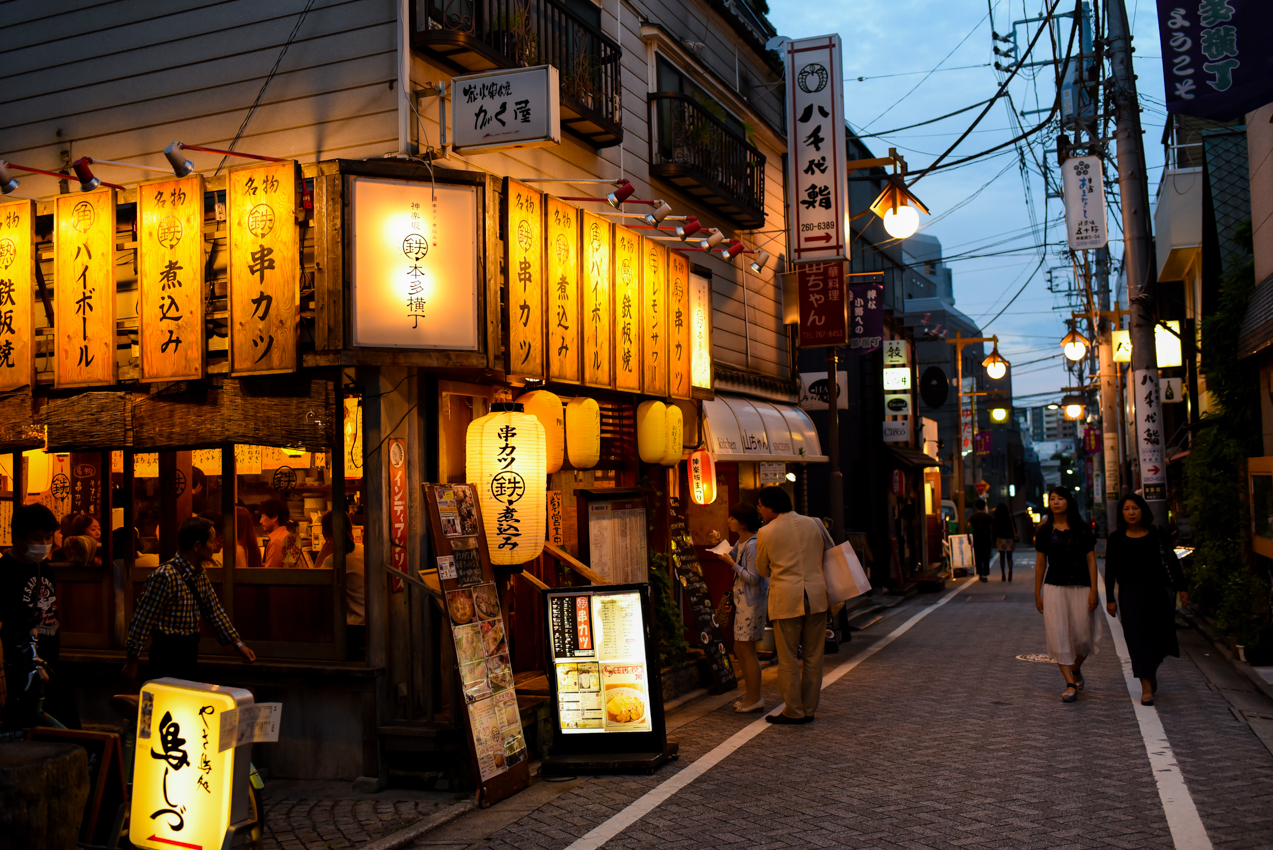
For a delicious breakfast or brunch head to Paul (5-1-4 Kagurazaka), a fine French bakery with a mind-blowing array of pastries: anything from freshly baked donuts, tarts and escargot, to croissant and baguette sandwiches. Alternatively, you can settle in a quaint Le Bretagne Creperie (4-2 Kagurazaka), known as “the first creperie in Japan,” to savor one of their famous buckwheat galettes. Mojo Coffee (4-11 Akagimotomachi), hidden down the winding alleyways, will satisfy your craving for a delicious cup of java coupled with a fresh donut.
Unlike other places in Tokyo, Kagurazaka also had quite a few street food stands in front of larger stores, offering grilled meat on a stick, freshly baked curry buns, sushi and roasted chicken bento boxes. One of the most popular spots seems to be Gojuban (3-2 Kagurazaka) – serving its old-school Chinese street food since 1957. The signature dish here is the nikuman, a steamed flour bun filled with ground pork, while other popular options include the veg-only yasaiman, miniman and the slightly sweet anman (filled with bean paste).
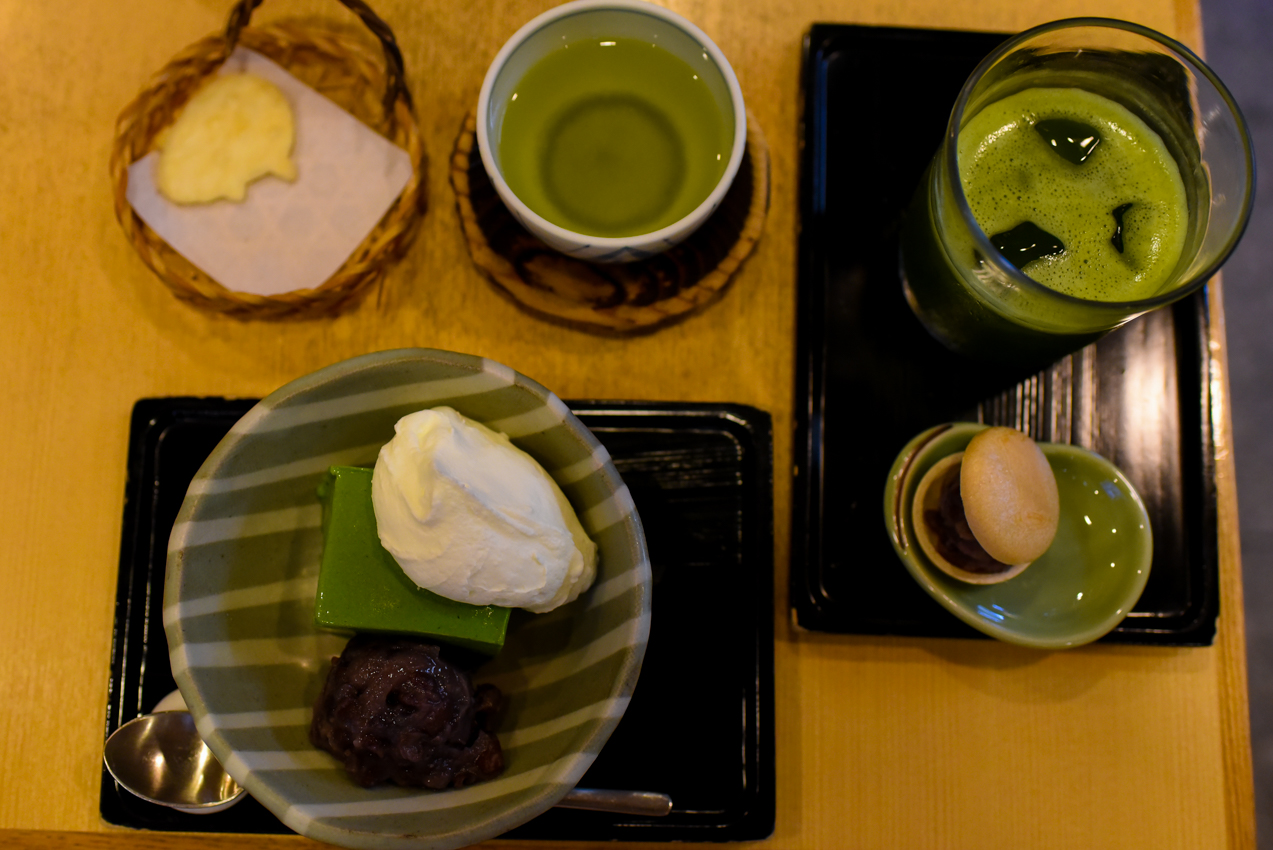
Stop by to enjoy a traditional green tea set at Kinozen.
For outstanding traditional Japanese desserts head to either Kinozen (1-12 Kagurazaka) or Saryo (5-9 Kagurazaka), both boasting plentiful seasonal menus. Café Mugimaru2 (5-20 Kagurazaka), the famous manju cafe, is worth a visit even for its appearance alone. Its façade being entirely engulfed by an overgrown plant, this small, time-worn dwelling is very easy to miss. The interior is equally peculiar – with creaking narrow wooden staircase leading way up to the living room with retro feel and resident cat. The specialty here is manju, which come filled with everything from anko bean paste to cheese and can be served alongside a cup of green tea or coffee.

Cafe Mugumaru, a manju heaven, is hard to find but worth the search.
Kagurazaka is also home to the largest concentration of French restaurants in Tokyo. Book a table at Lugdunum Bouchon Lyonnais, a one-star Michelin restaurant helmed by chef Christophe Paucod from Lyon. Unlike other French fine dining restaurants in Tokyo, the chef here strives to create a more relaxing French Bistro-like atmosphere. The menu features specialties from the chef’s hometown and the best part is that the prices are quite affordable, given the accolades of the restaurant and quality of the food.

Lugdunum Bouchon Lyonnais, a one-star Michelin French restaurant bringing the best of Lyon to Tokyo.
Last but not least, for the premium quality A-5 grade Kobe Beef look no further than Kagurazaka Shinsen (5-32 Kagurazaka), a yakiniku restaurant with an outstanding selection of the marbled melt-in-your-mouth cuts of Japanese beef. The lunch sets start at ¥1,200, while dinner sets range from ¥5,000 yen to ¥15,000 omakase (chef’s choice).
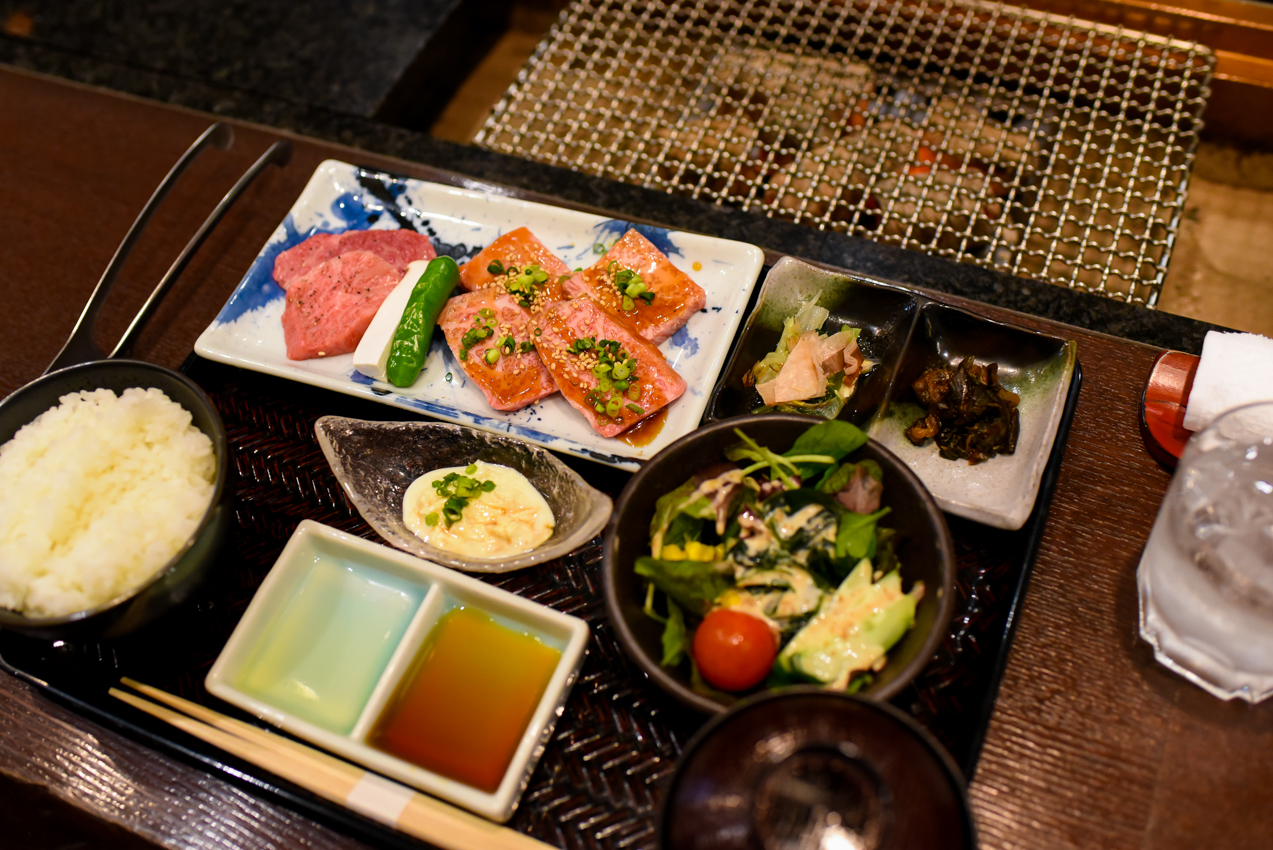
A yakiniku feast at Kagurazaka Shinsen.
As you’ve seen thus far, the best feature of this lovely neighborhood is its rich and sophisticated blend of traditional, foreign, and modern. As you stroll the stone-paved alleys and as the music guides you to your next destination, you’ll feel the influence of multiple sides of Japan — all blended so perfectly. When visiting, allow yourself some ample time — you’ll need it as there’s much to do in the area! Enjoy!
“Tokyo Neighborhood Strolls” is Savvy Tokyo’s monthly guide to the capital’s best destinations for a day out. What neighborhood would you like to see next? Let us know in the comments!












